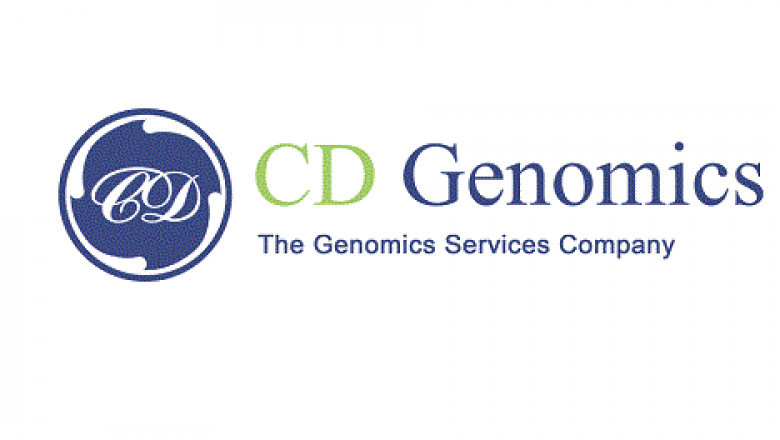views

Introduction
Since the completion of the Human Genome Project, genomics has played an increasingly critical role in the biomedical field. Its applications include variation and risk assessment in disease genomics, analysis of changes in transcriptomic gene expression, revealing epigenetic effects on tissue and organ development, and heterogeneity at the single-cell level, among others. We present the application of bioinformatics in the study and fight against cancer and infectious diseases.
Bioinformatics as a Tool for Cancer Genomics Research
The advent of bioinformatics has helped to rapidly and comprehensively process and analyze genome annotation, expression profiles and genomics data. With the advancement of technology, bioinformatics analysis not only handles, analyzes, compares and visualizes DNA/RNA sequences but also helps to decode complex genomes completely. By conducting and integrating genomes databases, we have the ability to systematically analyze disease genomics, such as cancer genomics, to break through the limitations of analyzing high-throughput datasets, and facilitate the understanding of complex issues such as molecular mechanisms of tumor formation, recurrence and drug resistance, tumor heterogeneity, and mutation characterization. Predicting and developing novel drug targets and biomarkers by cancer bioinformatics improves the speed and targeting ability of new therapies and drug development.
Bioinformatics as a Tool for Pathogen Genomics Research
Host-pathogen genomics and transcriptomics have strengthened our understanding of human-pathogen interactions and the fast identification of potential diagnostic and prognostic markers. Relying on the high-quality genomic database, bioinformatics has greatly expanded the depth and dimension of our study of infectious diseases: from disease pathogenesis, mechanisms of drug resistance to host-pathogen immune interactions and translational medicine.
Genomic analysis has greatly facilitated the identification, monitoring and prediction of drug resistance mutations. Genome-wide association study (GWAS) analysis has revealed that drug resistance in Mycobacterium avium is mainly attributed to single nucleotide polymorphisms (SNPs). Using GWAS, novel mutations associated with resistance to compounds such as cycloserine, ethanethionidin and para-aminosalicylic acid could be identified. Bioinformatics analysis can predict drug resistance with a sensitivity range and specificity of up to 75% and 90%, respectively.
In addition, big data analysis for different infected populations can identify candidate genetic variants associated with pathogen susceptibility and potentially infected individuals, which can facilitate large-scale preventive interventions. Vaccination is an effective means of preventing infectious diseases, and genomics and bioinformatics play an integral role in vaccine target identification and drug discovery. Advanced algorithms help predict the efficacy, selectivity and tractability of each target, allowing rapid identification of thousands of essential genes for pathogenic bacteria, including a large number of potential targets that have not been characterized and identified.












